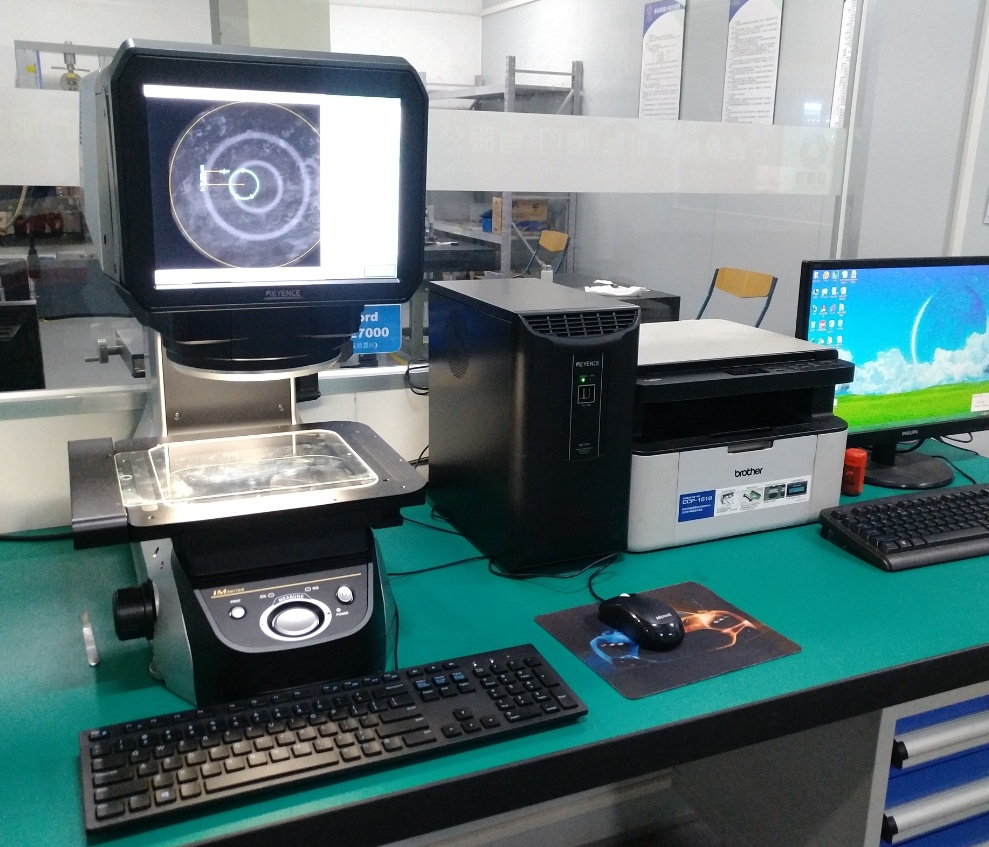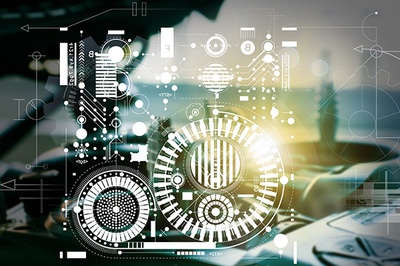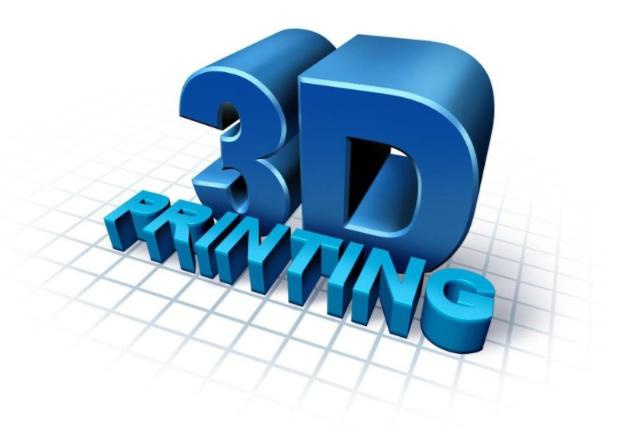In today’s fast-paced manufacturing world, achieving both precision and efficiency is crucial for staying competitive. CNC machining, or Computer Numerical Control machining, has become a go-to method for producing high-quality parts across various industries. From aerospace to medical devices, automotive to electronics, CNC machining is a versatile and indispensable process.

CNC machining is a subtractive manufacturing process that uses computer-controlled machines to cut, shape, and finish materials. Unlike additive manufacturing methods (like 3D printing), which build parts layer by layer, CNC machining starts with a solid block of material and removes portions of it to form the desired part. The process is controlled by pre-programmed software that dictates the precise movements of the machine tools.
There are several types of CNC machining processes, including milling, turning, and drilling, each suited to specific applications and material types. CNC machines are capable of working with a wide range of materials, including metals, plastics, wood, and composites, which makes them incredibly versatile.

How Does CNC Machining Work?
The process begins with creating a detailed 3D model of the part using Computer-Aided Design (CAD) software. This model is then converted into a series of precise instructions (G-code) that control the CNC machine. The machine reads this code and performs the necessary movements to cut, shape, or drill the material. CNC machines can operate with extreme precision, repeating the same operation consistently without the risk of human error.
For example, in CNC milling, the material is held securely on a rotating table, while a rotating tool moves across the surface to cut away material. CNC turning, on the other hand, involves rotating the material itself while a stationary cutting tool shapes it into the desired form. Both methods are capable of producing parts with complex geometries, fine details, and tight tolerances.

Benefits of CNC Machining
1.High Precision and Consistency
CNC machining offers exceptional accuracy, ensuring that every part produced meets the required specifications. With tolerances as tight as a few microns, CNC machines are capable of producing parts that need to fit perfectly together. Additionally, the automation of the process ensures that the parts are consistently produced with minimal variation, which is essential for mass production.
2.Increased Efficiency and Speed
CNC machining is known for its quick turnaround times, especially for less complex parts. Once the machine is set up and programmed, it can operate continuously without breaks, significantly speeding up production. This makes it ideal for both small-batch runs and large-scale manufacturing. Furthermore, the precision of CNC machining reduces the need for rework, which helps in reducing overall production time.
3.Versatility in Materials
CNC machines can handle a variety of materials, including hard metals like titanium, stainless steel, and aluminum, as well as softer materials such as plastics and composites. This versatility allows manufacturers to choose the best material for their part’s function, whether it’s for strength, weight reduction, or corrosion resistance.
4.Reduced Waste
Since CNC machining is a subtractive process, it can sometimes result in material waste. However, it still tends to be more material-efficient than some other methods, especially compared to traditional manual machining. Additionally, since CNC machining is highly precise, the amount of scrap material is minimized compared to more manual or less refined methods.
5.Automation and Minimal Human Intervention
Once a CNC machine is set up, it can operate autonomously, reducing the need for direct human involvement. This not only improves efficiency but also helps in minimizing human errors and reducing labor costs. This makes CNC machining a great option for industries looking to streamline their operations and improve production capacity.

Applications of CNC Machining
Aerospace: CNC machining is crucial for producing precision parts for aircraft and spacecraft, such as engine components, brackets, and housings.
Automotive: CNC machining is used to manufacture engine components, transmission parts, and other critical components that require high precision and durability.
Medical Devices: CNC machines are widely used to create parts for medical devices, such as surgical instruments, implants, and prosthetics, where accuracy is paramount.
Consumer Electronics: CNC machining is used to create housings, casings, and connectors for electronic devices like smartphones, computers, and cameras.

CNC Machining VS 3D Printing: A Comparison
While CNC machining is an excellent choice for many manufacturing needs, it’s not the only option available. 3D printing, an additive manufacturing process, has grown in popularity as well. Unlike CNC machining, which removes material to create the part, 3D printing builds up layers of material.
For complex, small-batch parts, 3D printing can sometimes offer a faster and more cost-effective solution. However, CNC machining remains the preferred option for parts requiring high precision, strength, and tight tolerances, particularly for larger production runs.